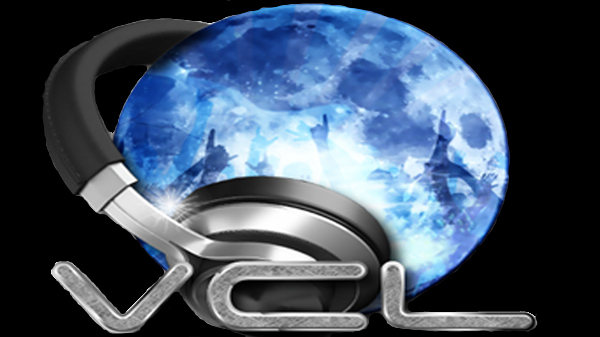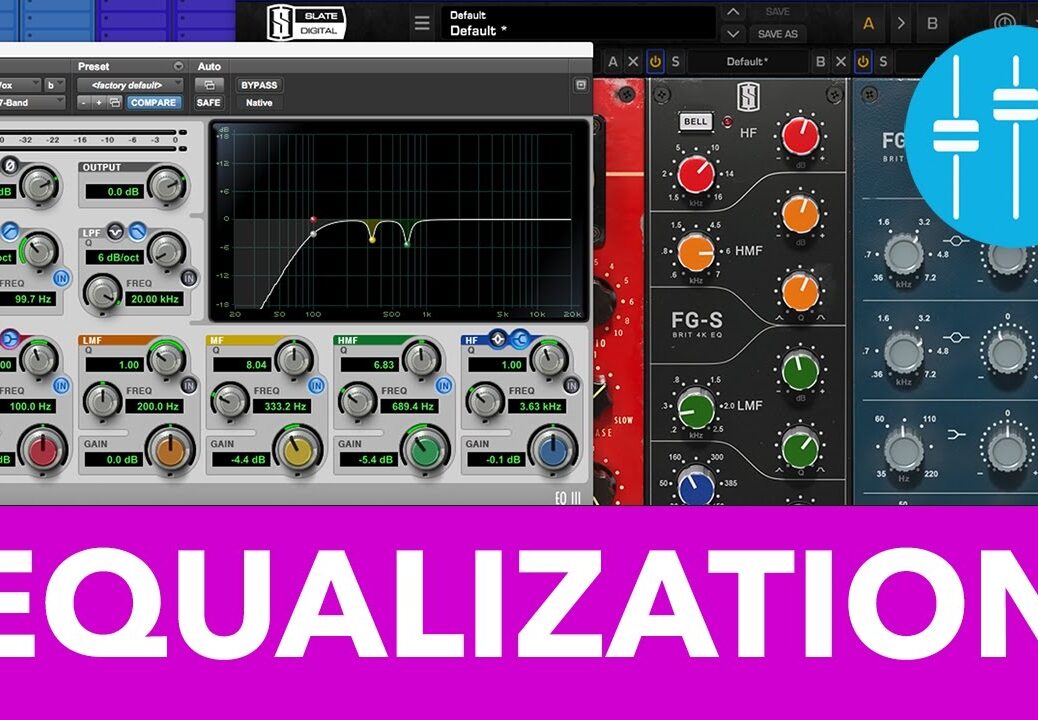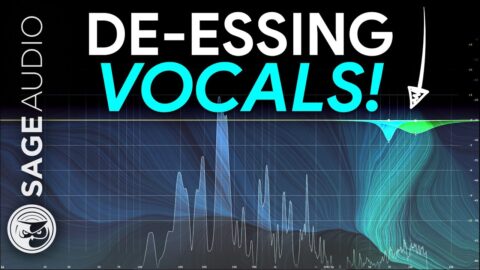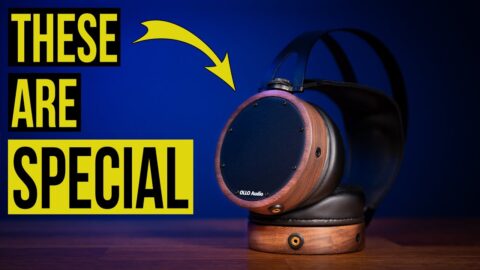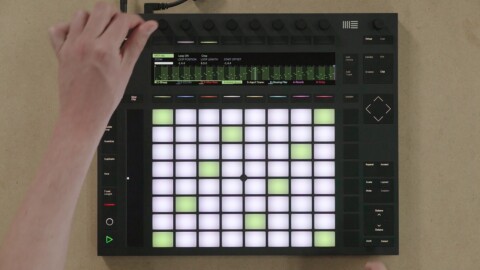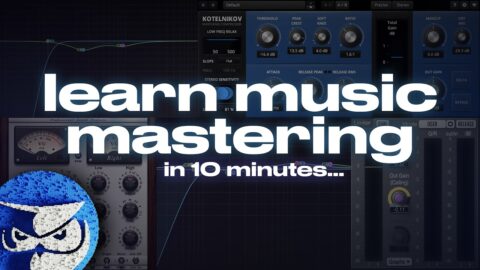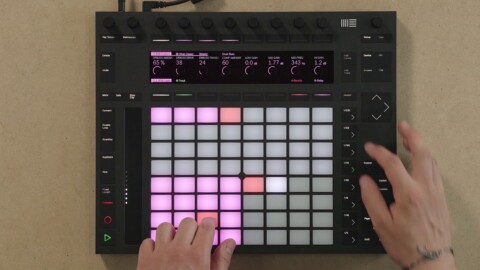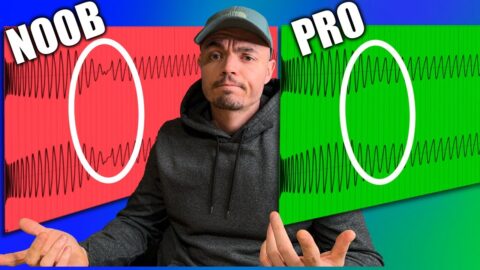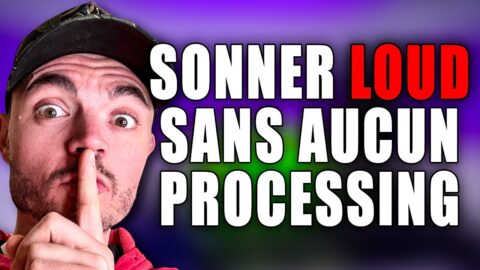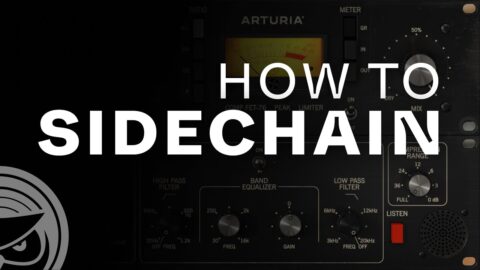→ Join the One Month EQ Challenge – Musician on a Mission: https://musicianonamission.training/eq-challenge?utm_source=YouTube&utm_medium=YouTube
You might not know this, but there is a right and a wrong way to approach EQ.
It may seem like a simple tool that you can use to completely change the tone, character and sound of your mix.
But in reality, it’s an extremely powerful tool that needs to be handled with care and consideration.
Learning how to use an equalizer can be problematic for some people.
It’s all too easy to try and shape the sound of an instrument or vocal with equalization.
But here’s the answer: you shouldn’t be relying on EQ to fix a poor recording.
Imagine you have a guitar recording right there in front of you, but you aren’t too keen on the sound. I imagine the first plugin you will go for is an EQ.
I hate to break it to you, but it’s too late.
If you don’t like the tone that you achieved in the recording phase, there isn’t a whole lot you can do without ruining your mix.
That’s why it’s so important to spend plenty of time on mic placement and getting a good sound at the source.
Primarily you should be using EQ to remove unpleasantness in your audio. Think of nasty elements of the instrument tone, irritable room frequencies and distracting rings on drums.
After that you can apply some subtle boosts to bring out the pleasant elements of a voice or instrument. But if the nice elements aren’t there in the first place, you can’t create them with equalization.
I can remember the first time I learned about subtractive EQ ( a long, long time ago).
I understood the principles, but I found the concept extremely daunting.
Whenever you boost with an equalizer, it messes with the phase of your recording and affects additional frequencies. Not just the frequencies that you are boosting.
Aggressive boosts can quickly ruin your audio, making it unnatural and difficult to mix. Add to this the fact that boosting the volume of a track reduces your headroom, and it’s easy to see why boosting should be avoided where possible.
So in principle we should try to stick to subtractive EQ. Never boost (unless we absolutely have to) and try to only cut.
But in practice, this isn’t so easy to stick to… when you approach EQ with the wrong mindset.
I remember thinking “how am I going to get my kicks to sound fatter/warmer without boosting on an EQ?”
And that’s because I had COMPLETELY the wrong mind set.
You see, you shouldn’t be using EQ to make your kick drums sound ‘fat’. You achieve ‘fatness’ with a good kick drum, a good-enough room, a good mic and proper mic placement. Add to that a touch of compression and some good synchronization with the bass guitar and you have ‘fatness’ galore!
As soon as you start to think of EQ in the right way, this becomes glaringly obvious.
I blame the common misuse of equalization on guitar amps. If you want a guitar to sound warmer, you boost the bass on your amp. And that’s fine. But you shouldn’t approach parametric EQ in your DAW in the same way.
Tags: create the imaginary how to use an equalizer how to use an equalizer for beginners pro audio files the recording revolution